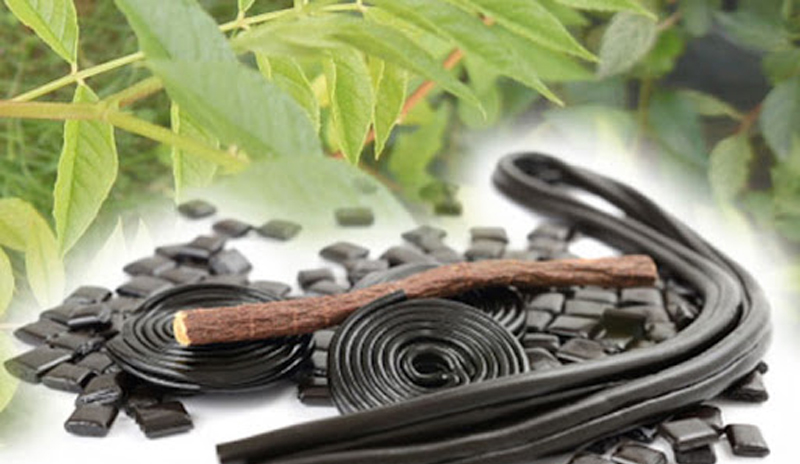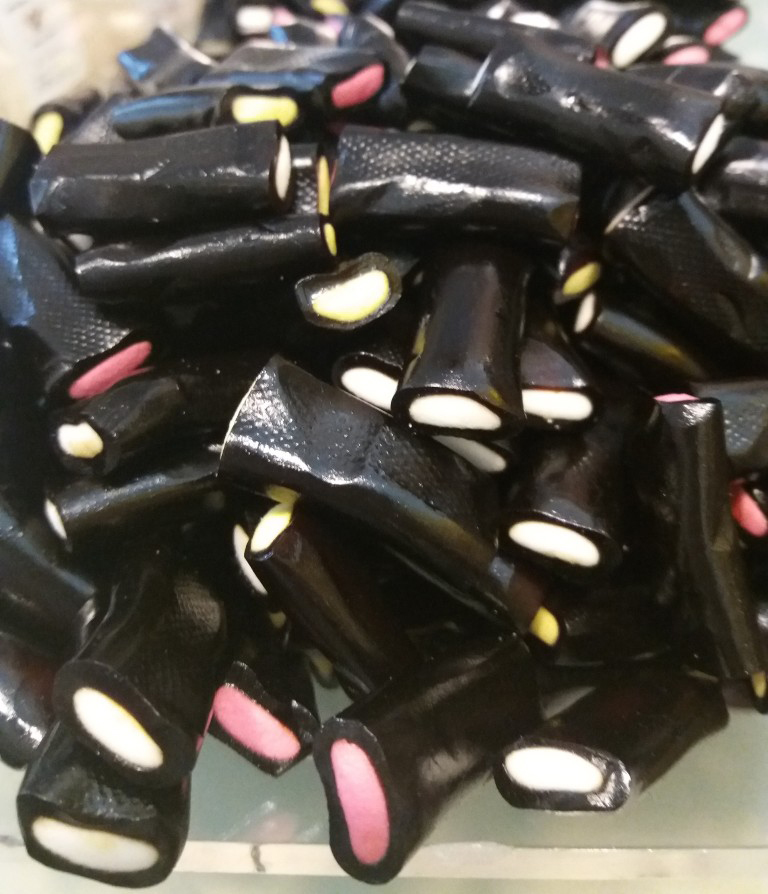
Mention licorice, and the first image that probably springs to mind in New Zealand is the iconic licorice allsort.
But in Italy, licorice in a much less sugary form has been a popular sweet since the 15th century. Licorice is naturally 50 times sweeter than sugar—hence the popular romantic refrain in the courts of the Middle Ages of “L’amore e’ un sogno, dolce come il latte e la liquiriza” (love is a dream, sweet as milk and licorice).

The Dominican friars who extracted licorice juice from the roots they collected in Italy’s Abruzzo region were more interested in its healing properties, using it to treat coughs, liver disorders, digestive issues, and a whole host of ailments.
Abruzzo and Calabria are the two main licorice territories in Italy. Menozzi de Rosa launched Abruzzo’s first industrial production in 1836, setting up operations in a 1500s Dominican convent in Atri. While Menozzi moved into cutting-edge modern premises in 2004, the process remains essentially the same: boil the root to render a licorice extract which is then dried into a paste that can be extruded much like pasta to create the high gloss and perfect texture of quality licorice.

In addition to using actual licorice root extract (rather than the aniseed oil used in many commercial brands), Menozzi takes advantage of licorice’s natural sweetness to add the bare minimum in additional sweeteners.
Candy isn’t the only place that you’ll find Menozzi’s licorice—the company also supplies Italian and foreign ice cream producers, pharmaceutical and skincare brands, and even distilleries!
It’s worth pointing out that glycyrrhizin, the chemical that gives licorice its signature flavor, can have a toxic effect when consumed to excess. In the US, the Food and Drug Agency advises not eating more than two ounces (about 57 grams) of black licorice a day for two weeks or longer.
